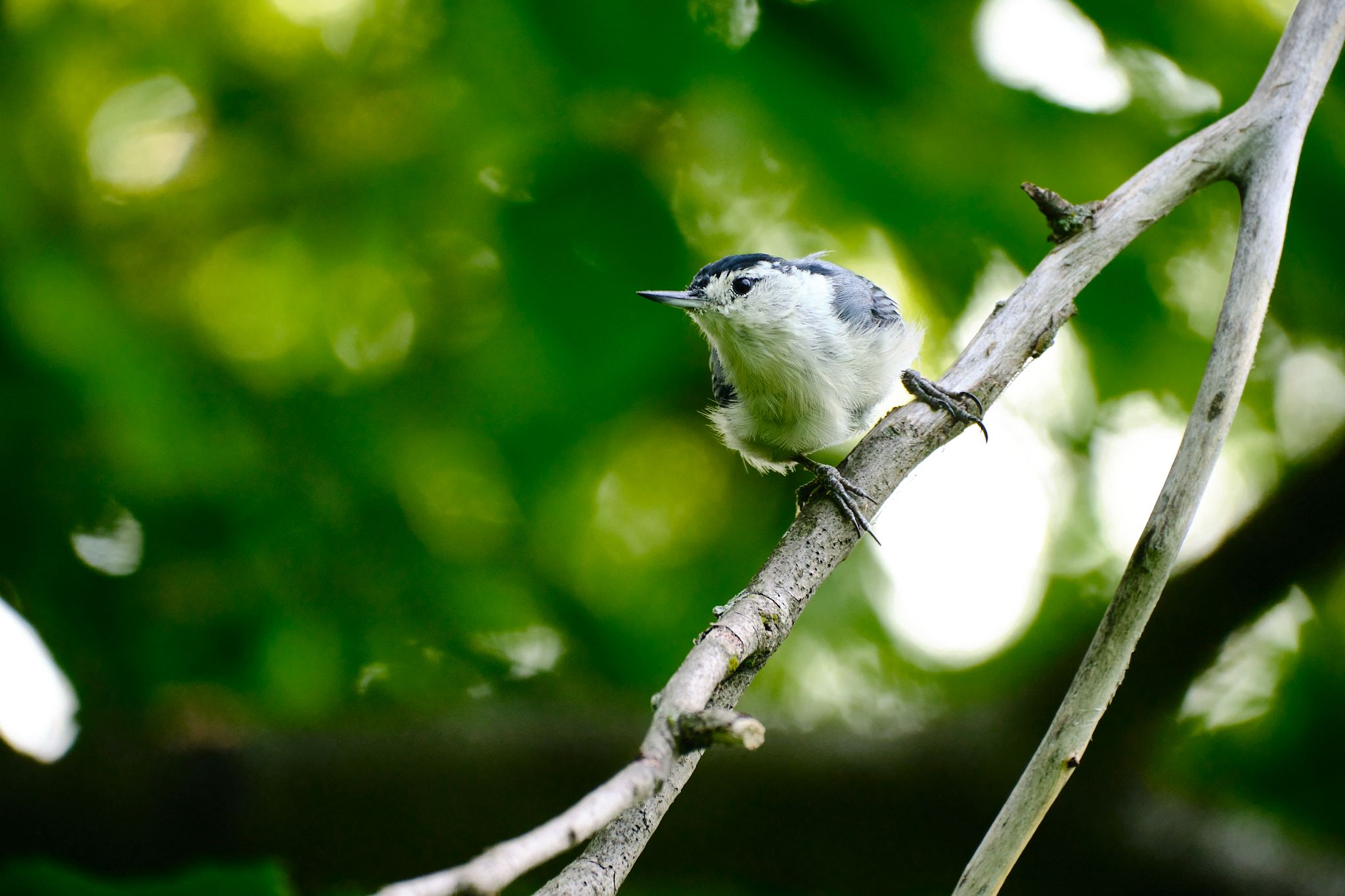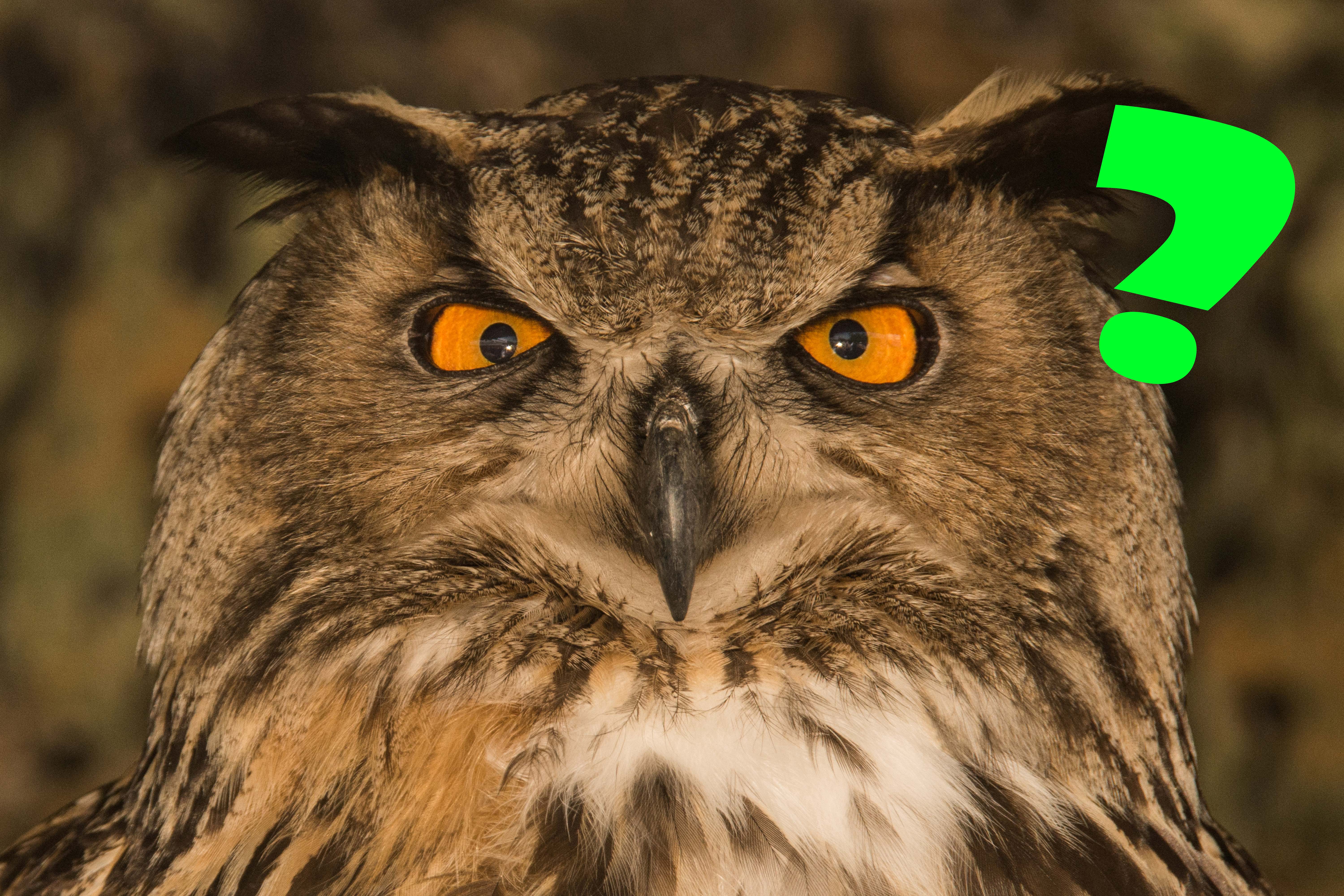
Birds are all around us — in our backyards, forests, and city parks — yet so much of what we think we know about them comes from myths, misunderstandings, or half-truths passed down through generations. In this post, we’re debunking 7 of the most common bird myths. Let’s separate bird fact from bird fiction.
Birds have a limited sense of smell, and most won’t even notice if you’ve handled their chicks. If you find a baby bird out of the nest and it's uninjured, gently place it back nearby and let the parents do their job.
Fun Fact: Parent birds are incredibly devoted — many will continue caring for their young even after nest disturbances.
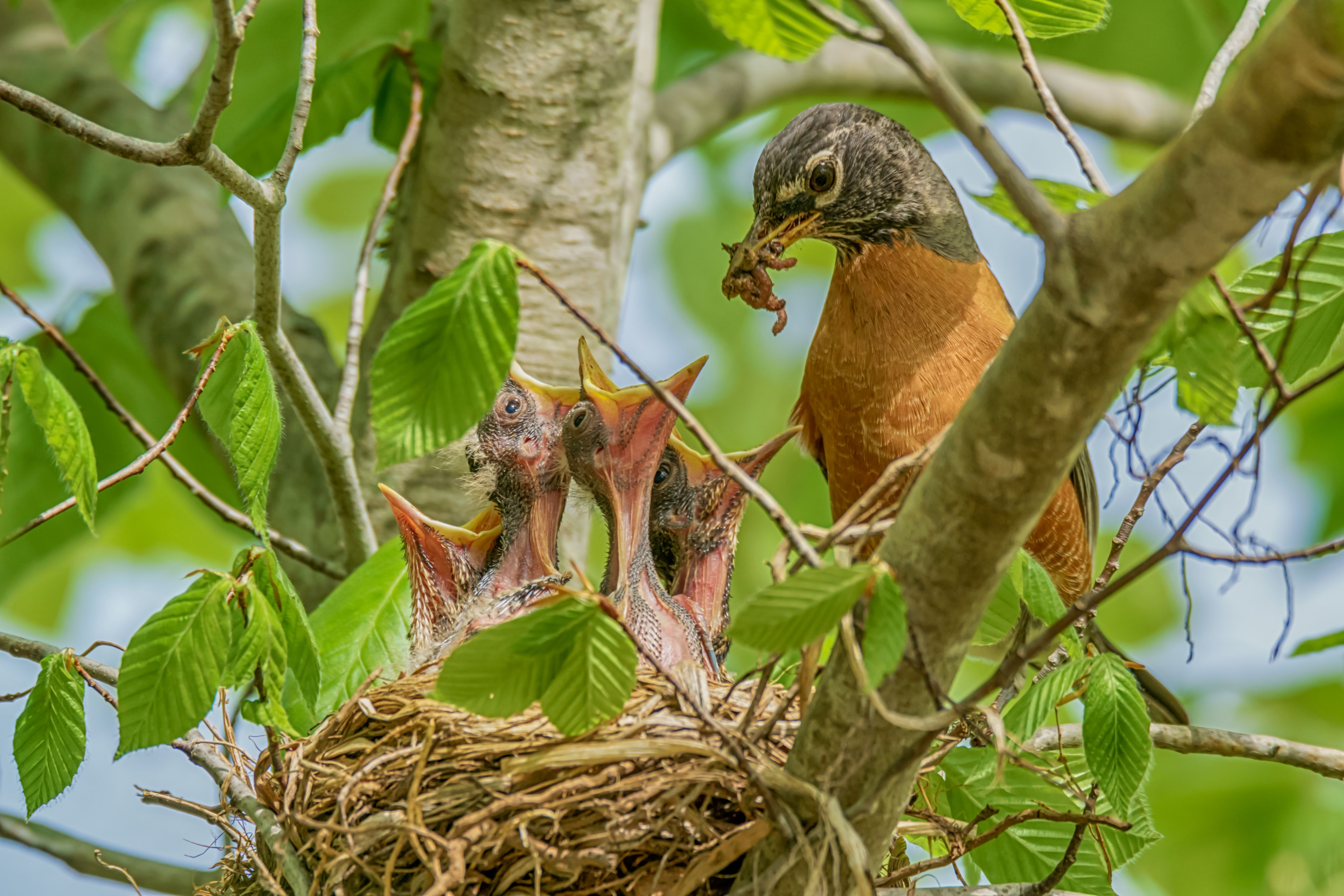
Birds are opportunistic. They may fly elsewhere if food disappears, but they won't "give up" on your yard forever. Once you put the feeder back up (especially in colder months), they’ll usually return — especially if you’ve previously built trust.
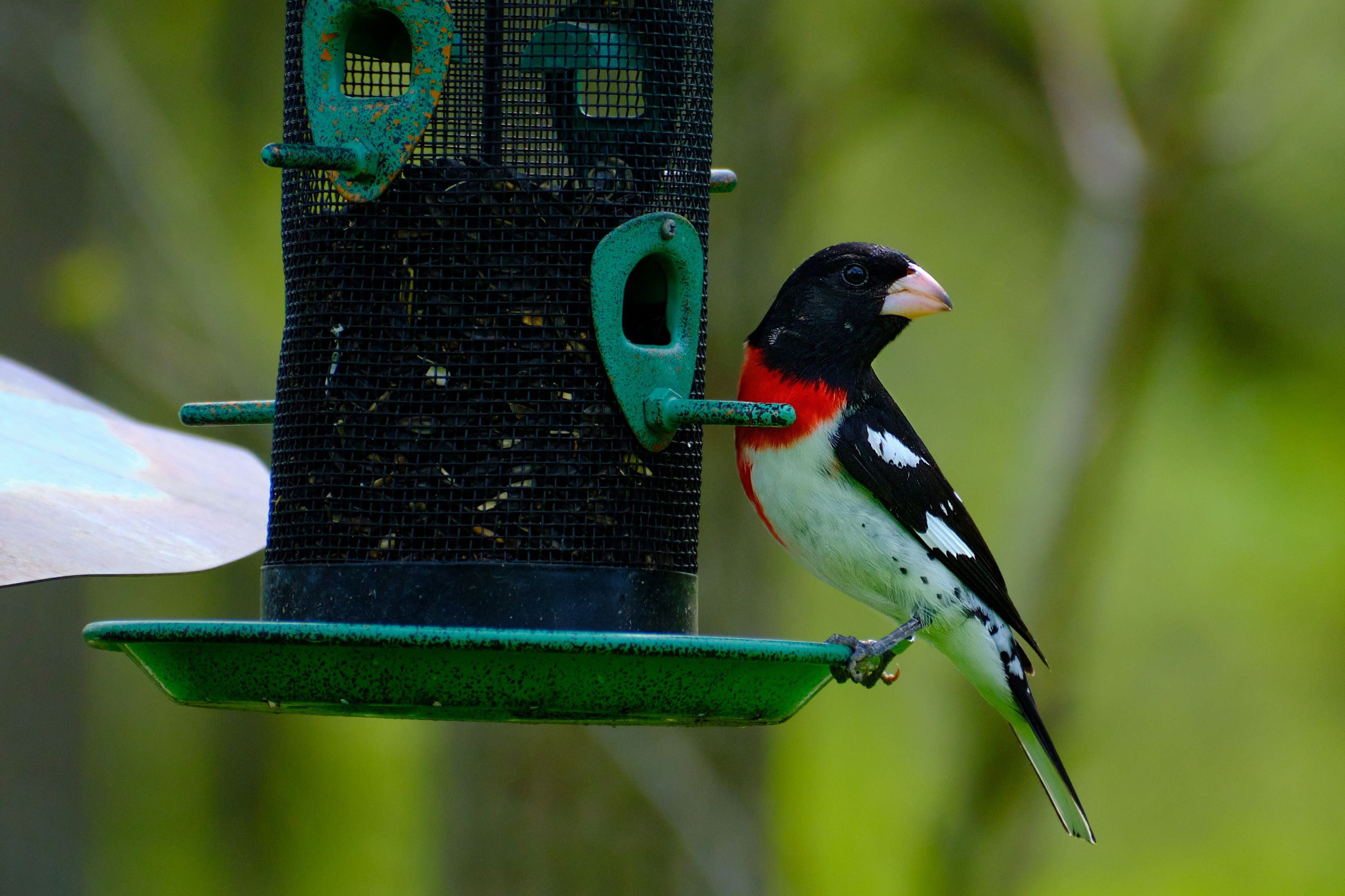
Feeding birds in the summer doesn’t make them dependent or less wild. They’re still foraging naturally — your feeder just supplements their diet, especially when they’re raising chicks. Summer feeding also helps fledglings get extra protein and energy!
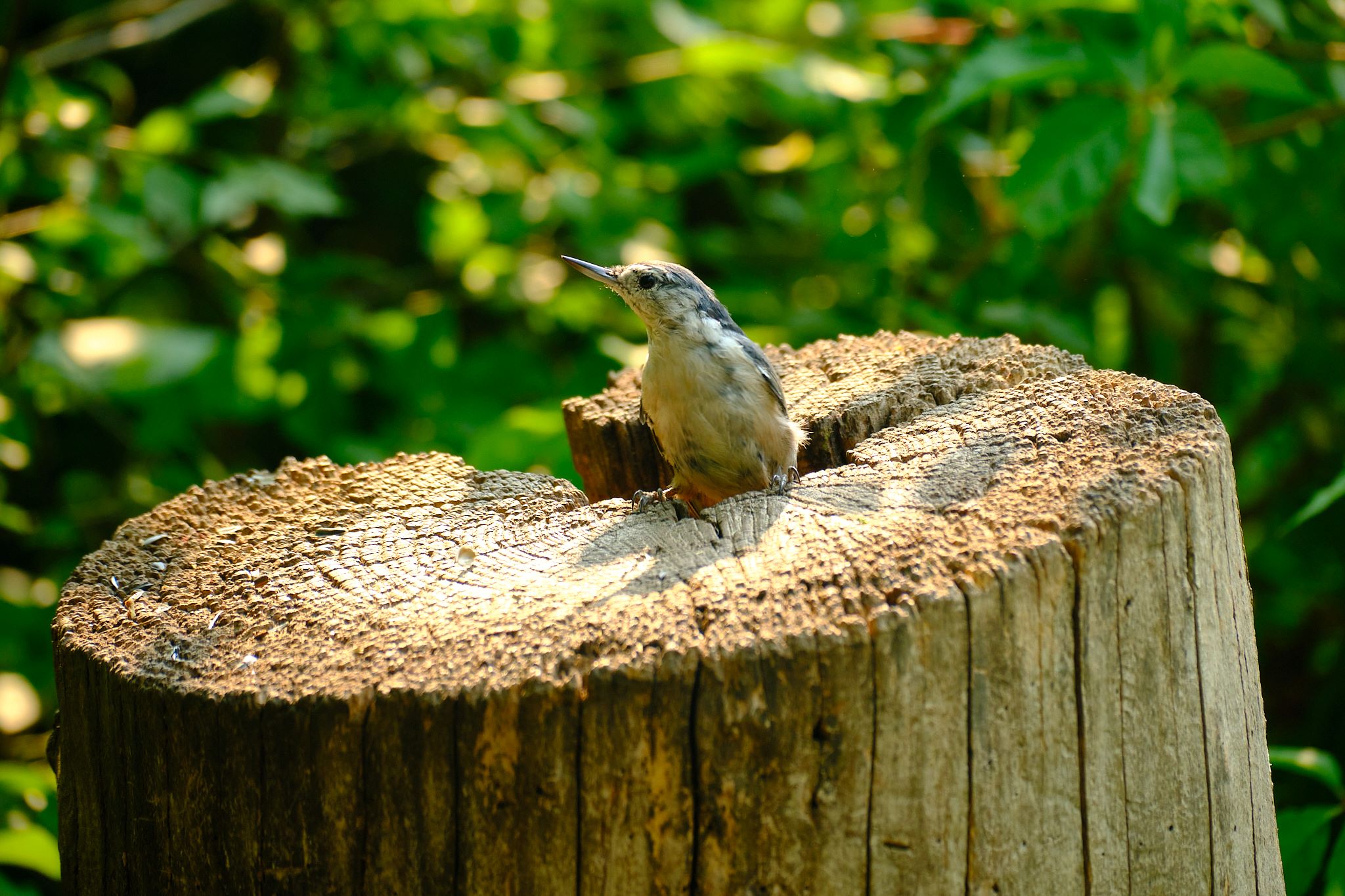
Owls can rotate their heads 270°, but not a full 360°. That’s thanks to a super-flexible neck and 14 vertebrae (humans have just 7!). There are pros and cons however, as they can’t move their eyes, so that extra neck mobility helps them look around.
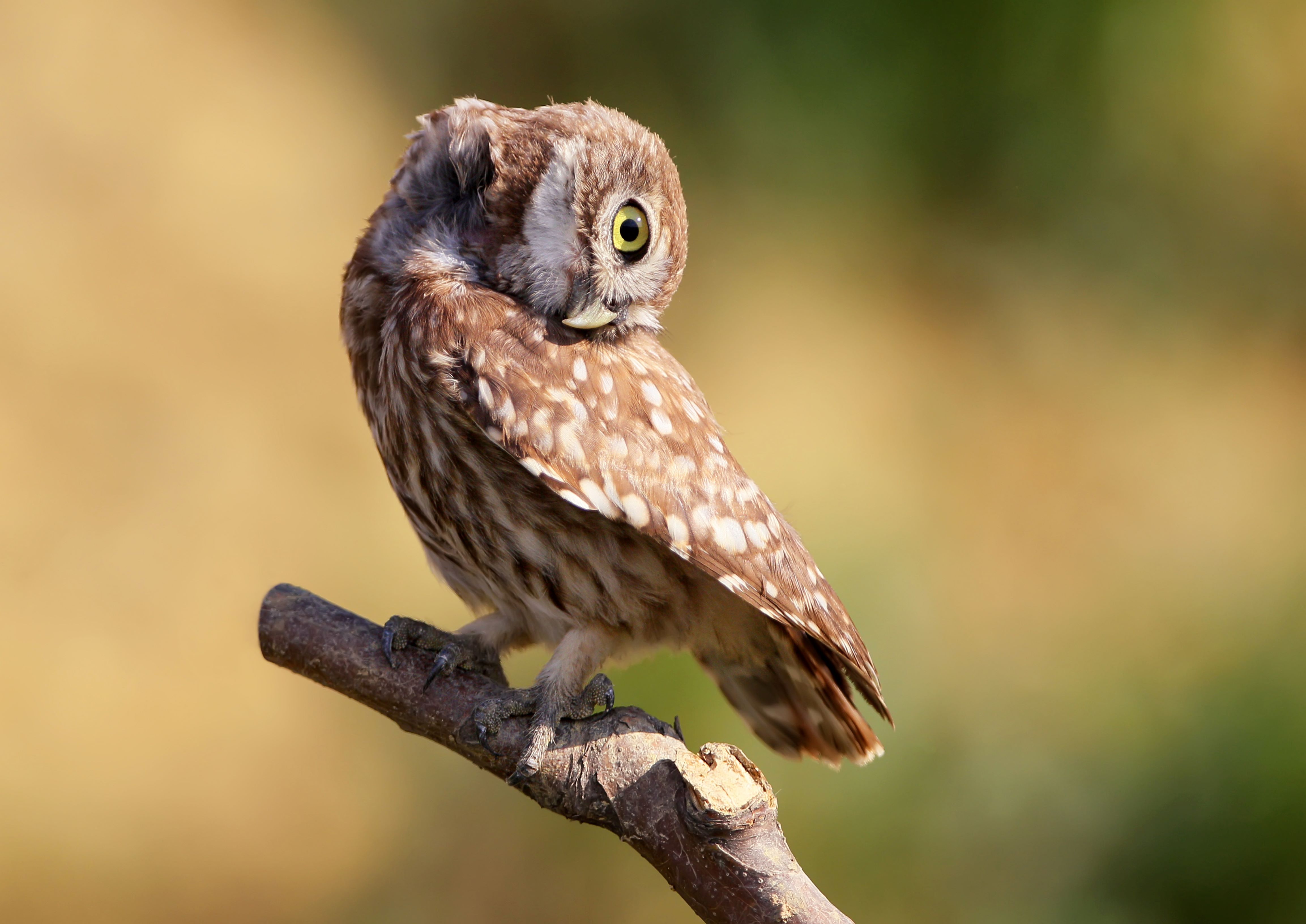
This myth has been passed around for decades — but hummingbirds do not ride geese or any other birds during migration. These tiny dynamos fly solo, often covering thousands of kilometers on their own, including crossing the Gulf of Mexico nonstop!
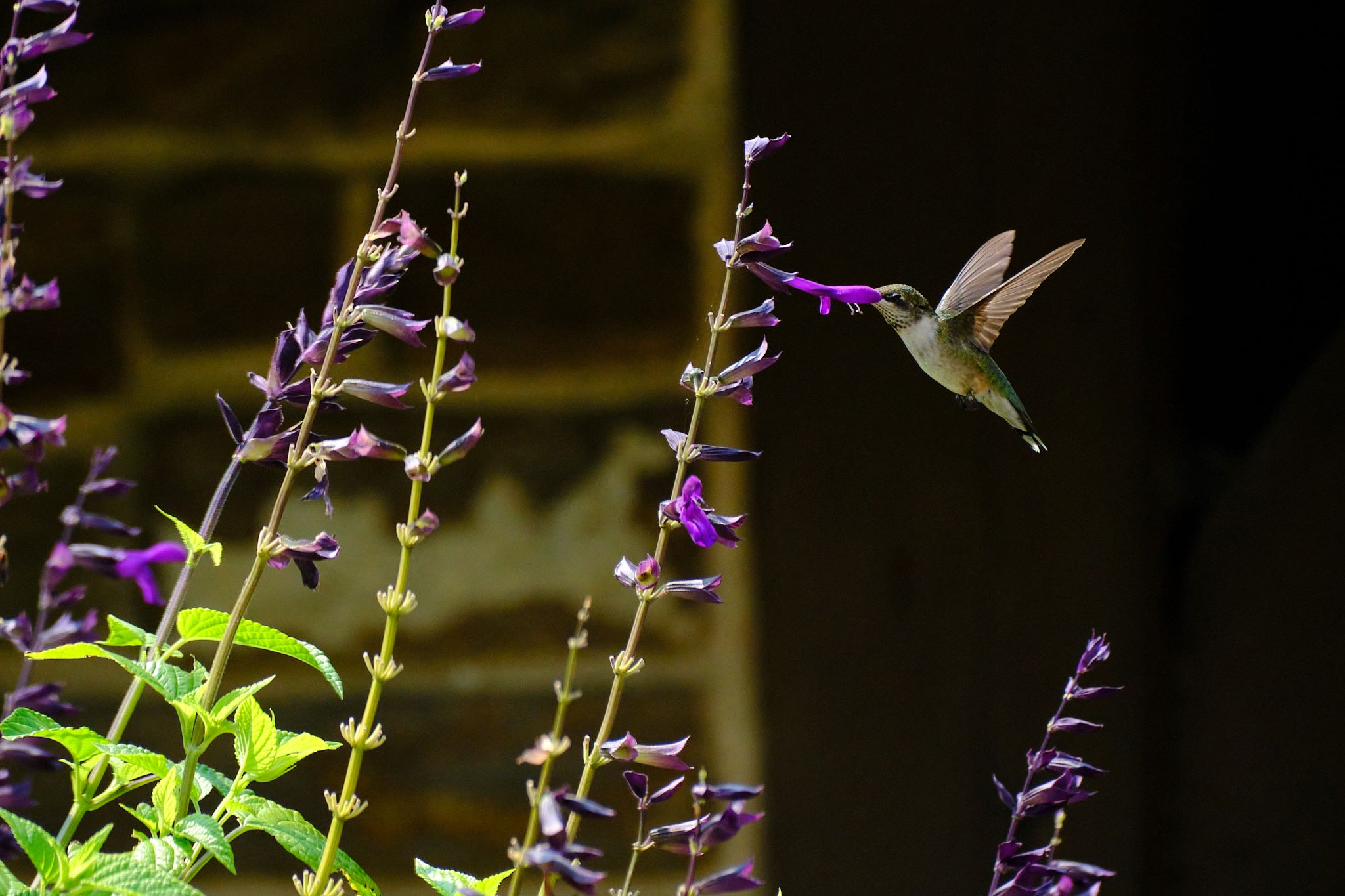
Birds don’t perceive glass like we do — they see reflections of sky and trees, which is why collisions are so common. Up to 25 million birds die from window strikes every year in Canada alone.
Tip: Use decals or UV-reflective patterns to help birds detect your windows.

Many birds do migrate, but not all! Chickadees, woodpeckers, cardinals, and nuthatches are year-round residents in much of Canada. Some even thrive in cold weather and are more active at feeders in winter months.
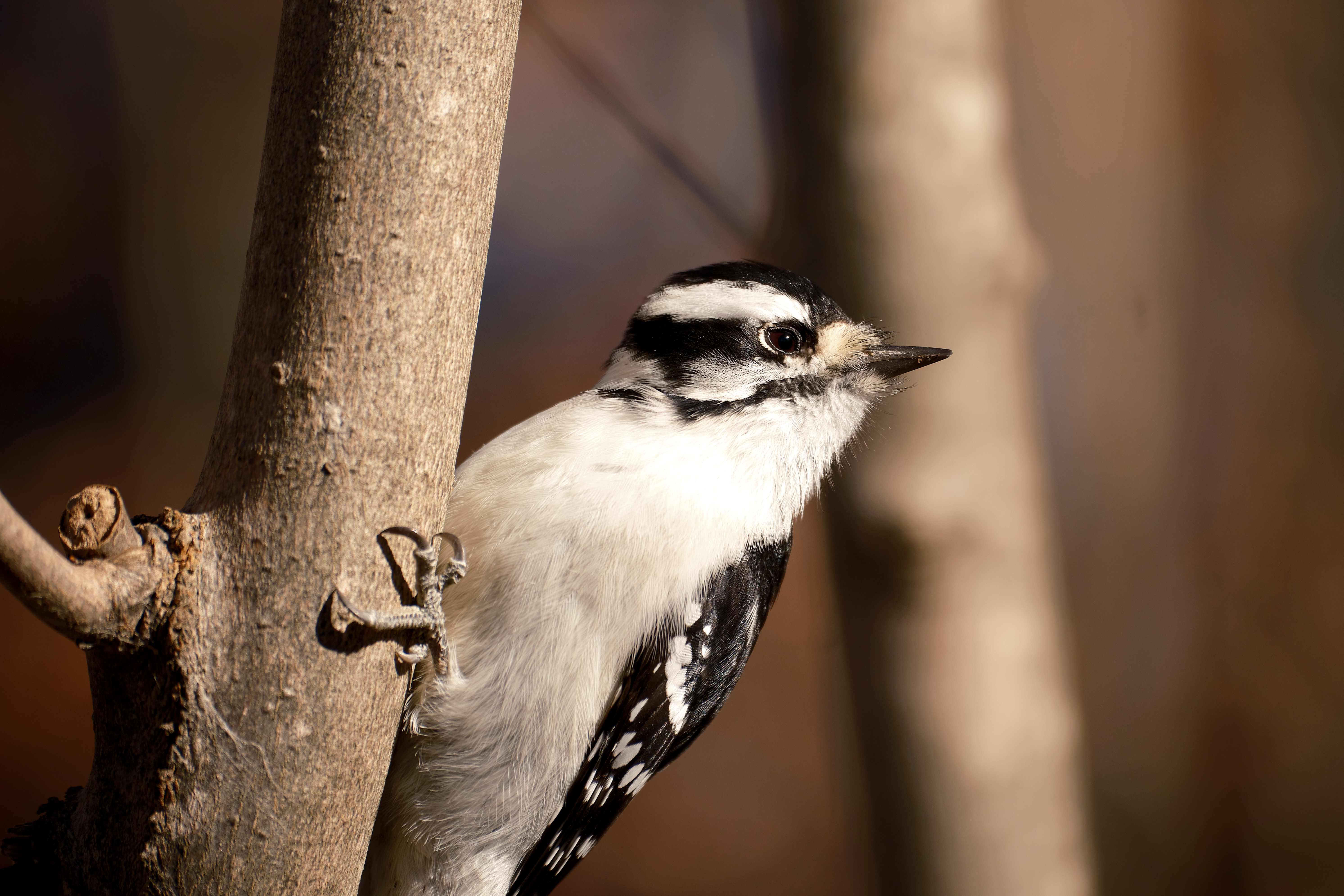
Birds are fascinating, resilient, and often misunderstood. The more we learn, the better we can support them — whether that means busting myths, keeping feeders clean, or just listening to the morning chorus with new appreciation.
If you liked this post, don’t miss our upcoming YouTube Shorts series: “Bird Fact or Fiction” — where we tackle even more bird myths in 60 seconds or less.
Got a bird myth you’ve always wondered about? Send us a message and we might feature it in our next post or video!
